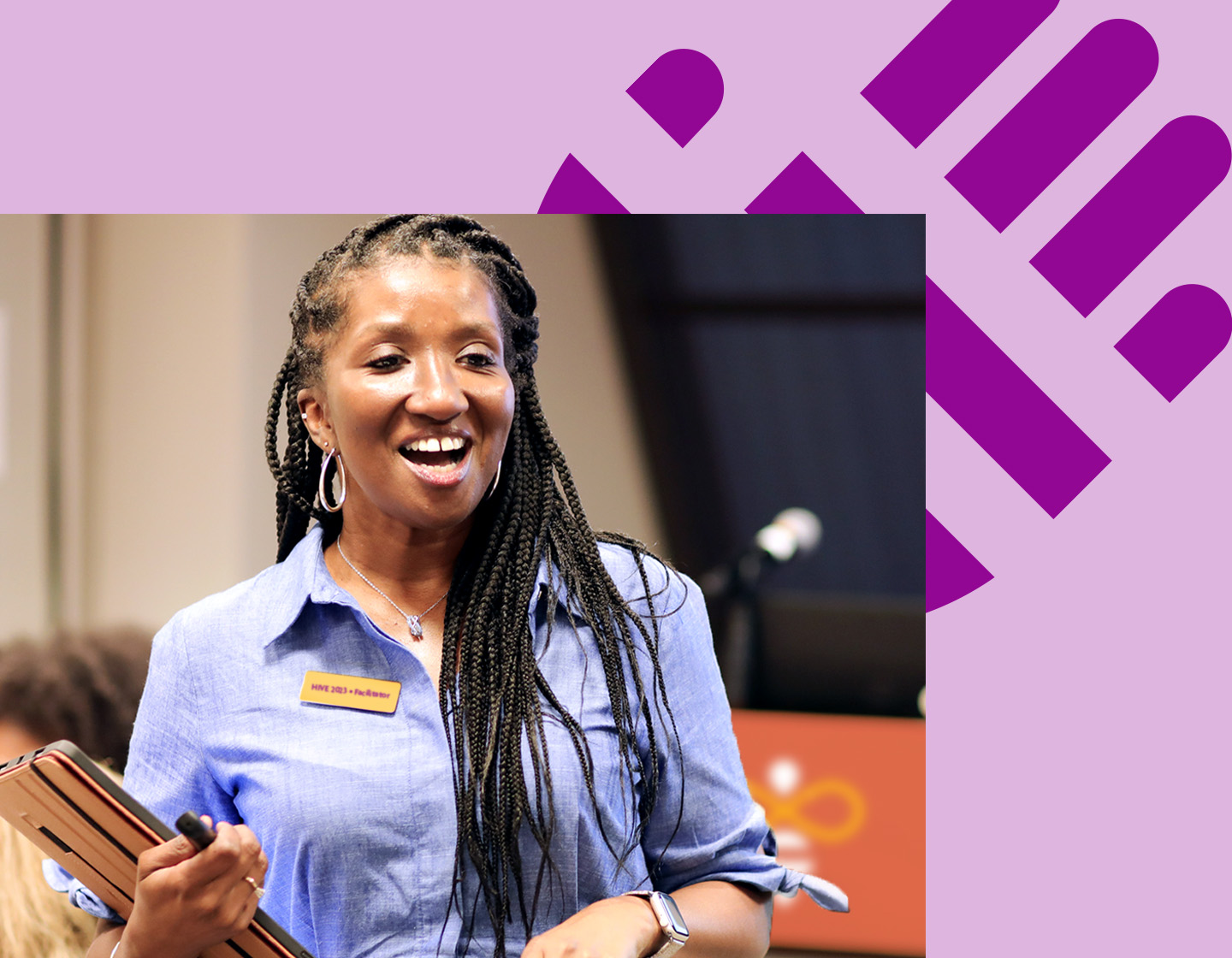Our Approach
What sets EL Education K–8 Language Arts apart?

Engaging, Real-world Texts
We build around texts that students love to read and teachers love to teach. Knowing that engaged readers become better readers, we start with texts that excite learners.As students tackle compelling topics, we build compassionate, thoughtful citizens while deepening learner engagement.

Science & Social Studies Integrated Throughout
We build substantive content knowledge. Units revolve around science and social studies topics. Students simultaneously acquire reading, writing, speaking, and listening skills while developing knowledge about the words and the world.

English-language and Multi-language Learners
Our curriculum includes conscious, research-based supports for ELLs and MLLs, with lesson-level guidance, frequent ‘Language Dives’ to unpack the structure and meaning of compelling sentences, and ‘Conversation Cues’ to promote equitable discussions.

Thoughtful Formative Assessments
Routinely embedded, structured formative assessments are paired with scaffolded differentiation guidance based on specific assessment outcomes. Our use of high-stakes testing formats is paired with a culminating real-world performance task.
What’s Included
Available in Print & Digital Formats
Student Materials
• Authentic texts at every grade level
• Integrated, lesson-specific supports for MLLs, students with differing abilities
• Lesson-level supports for all students
• Curriculum designed to allow for multiple means of student expression
Teacher Materials
• Module lessons for each grade level with detailed view of the scope and sequence of the modules
• High-impact instructional routines are embedded in the resource and support student learning
• Embedded professional learning, guidance and resources to support diverse classrooms
Best In Class Professional Learning
We believe Professional Learning is a key ingredient. Our team provides curated in-person and virtual offerings, a proprietary sync and asynch platform, and customizable in-person services.

We’re here to help.
Wherever you are on your implementation journey, Open Up Resources is ready to support you.













